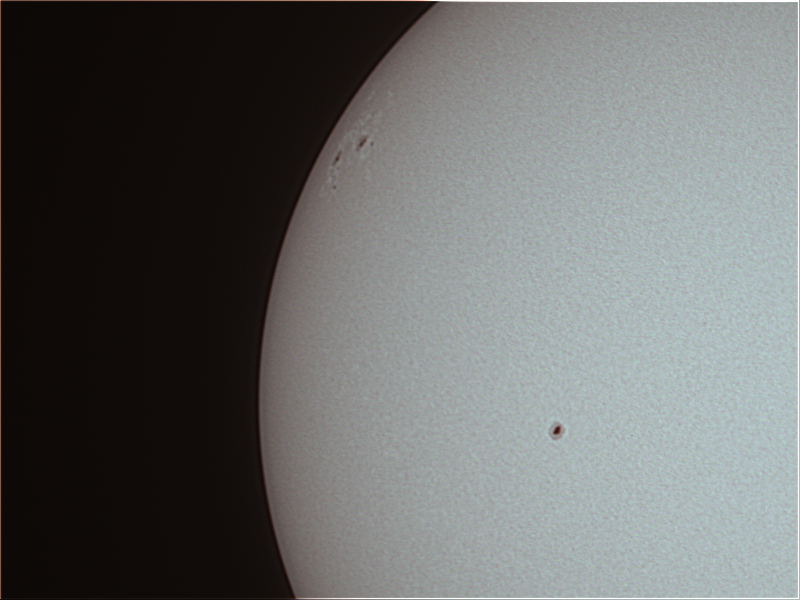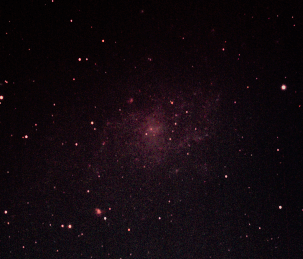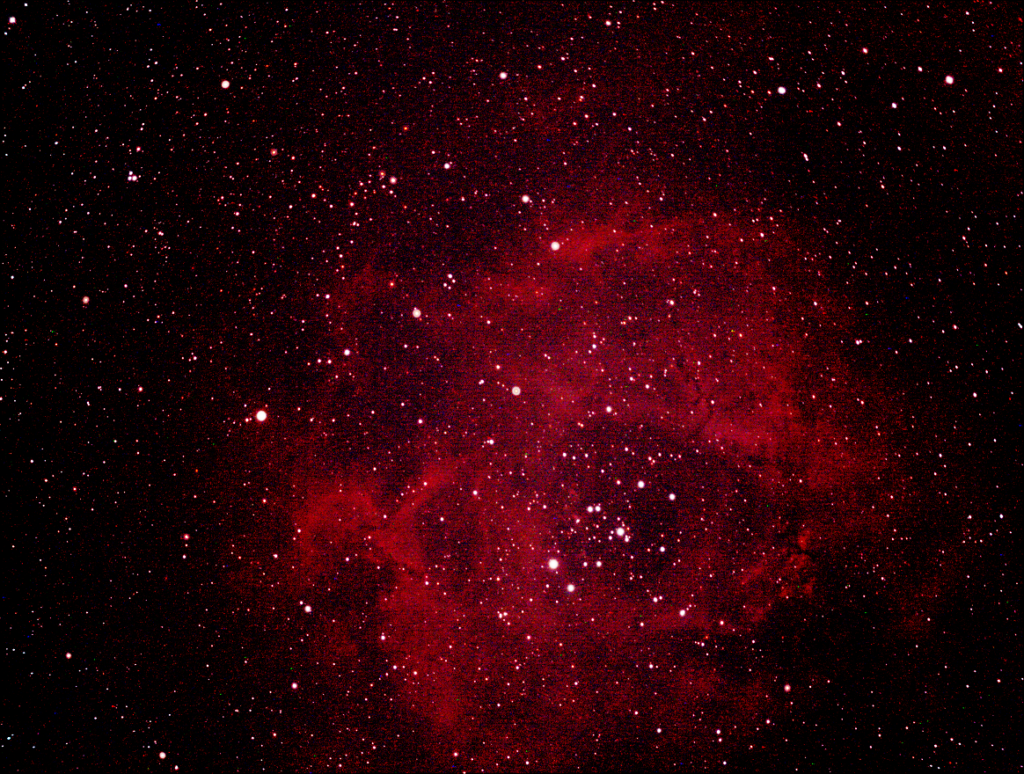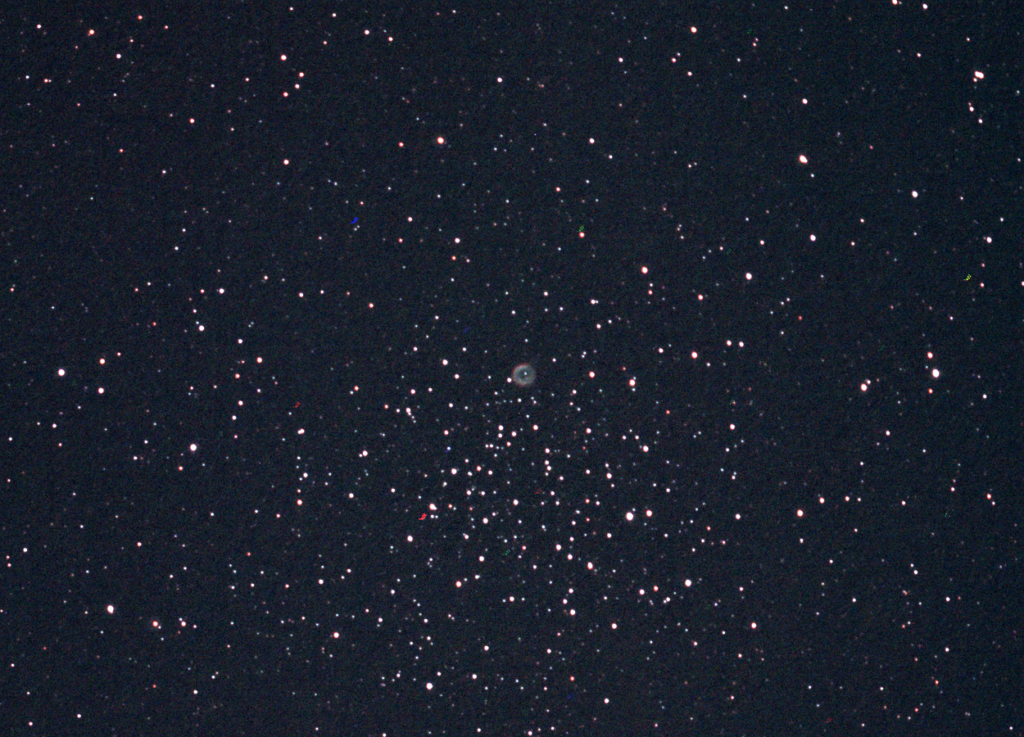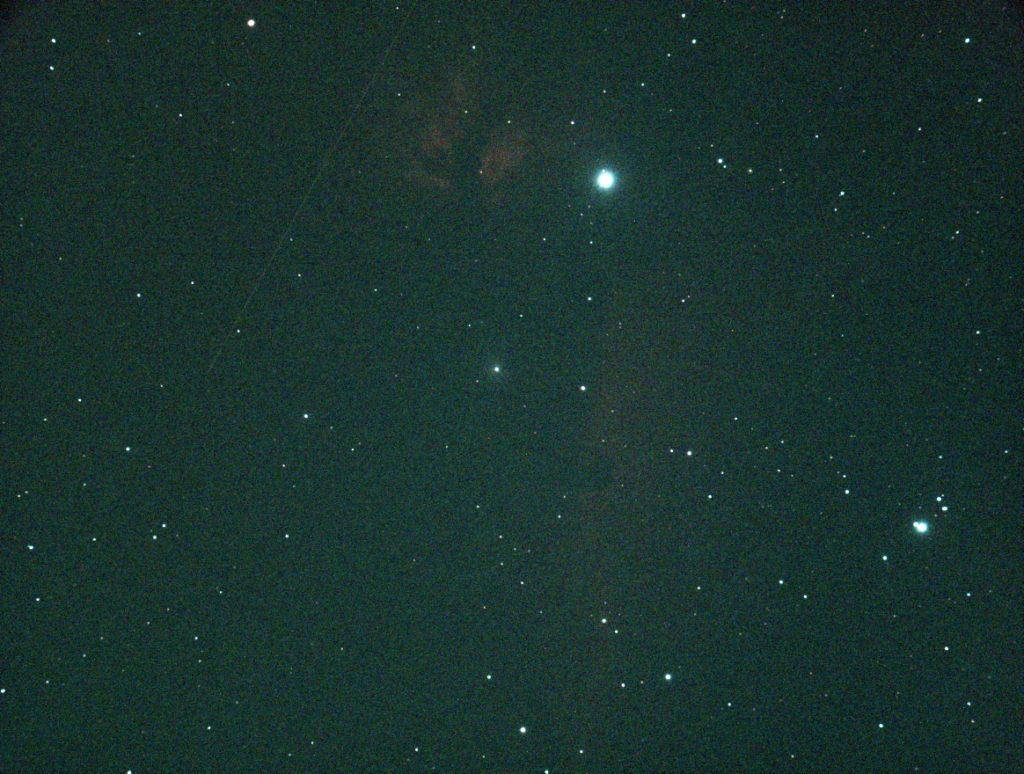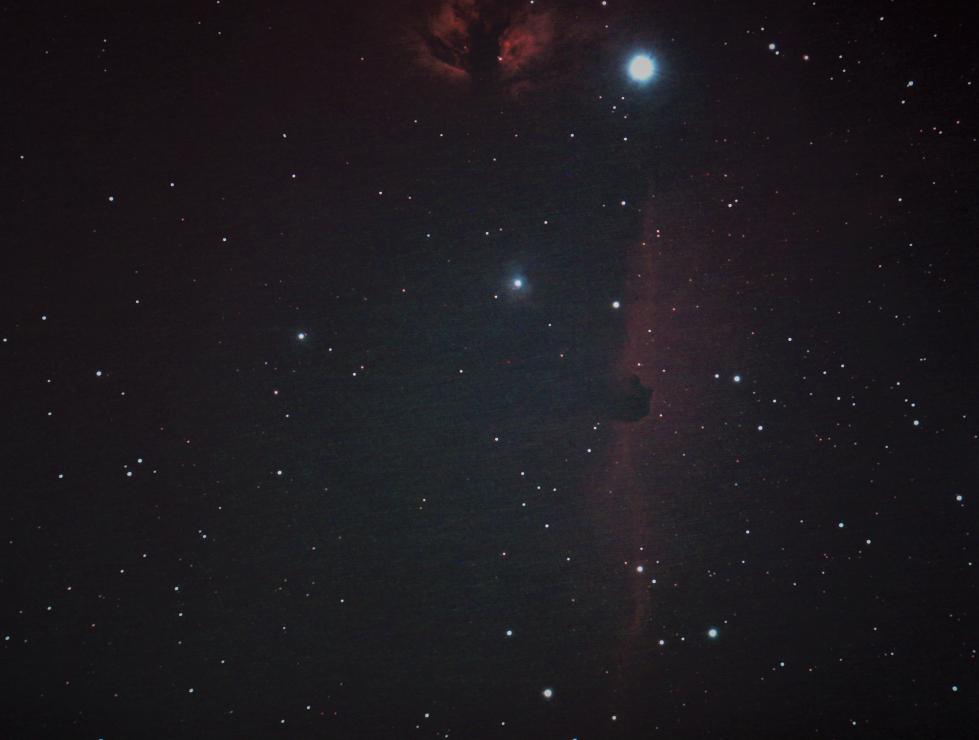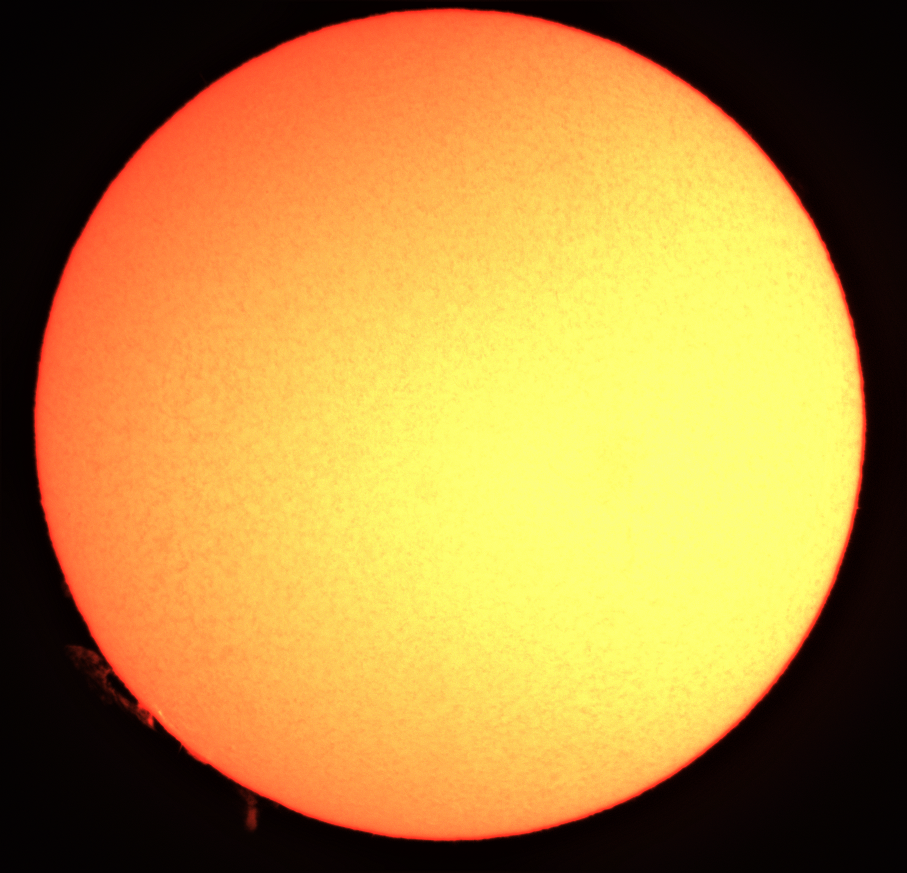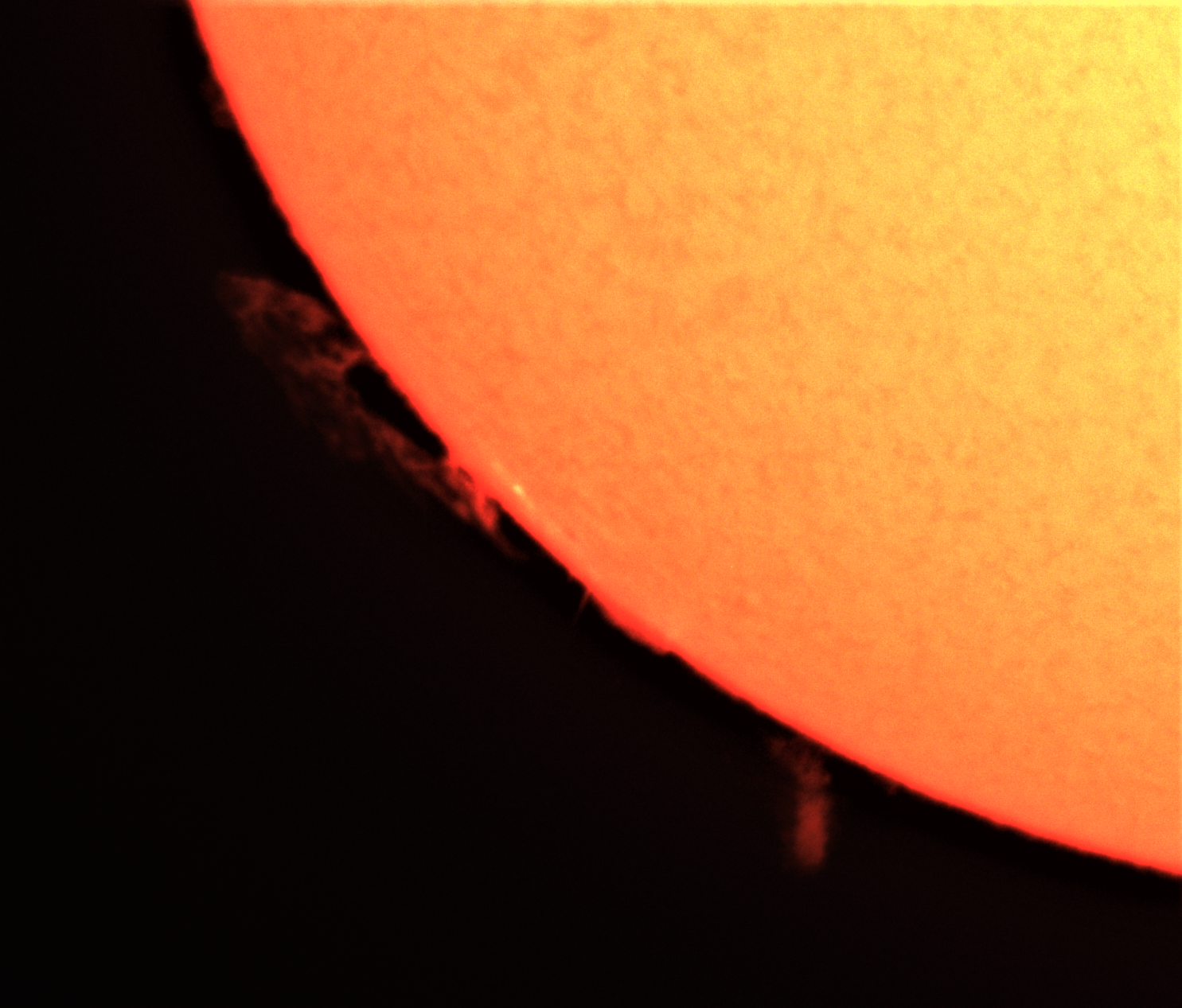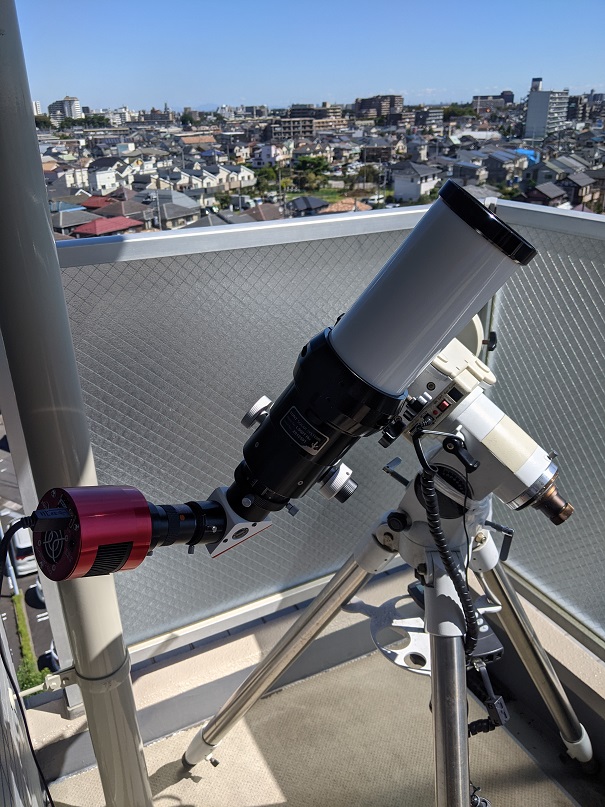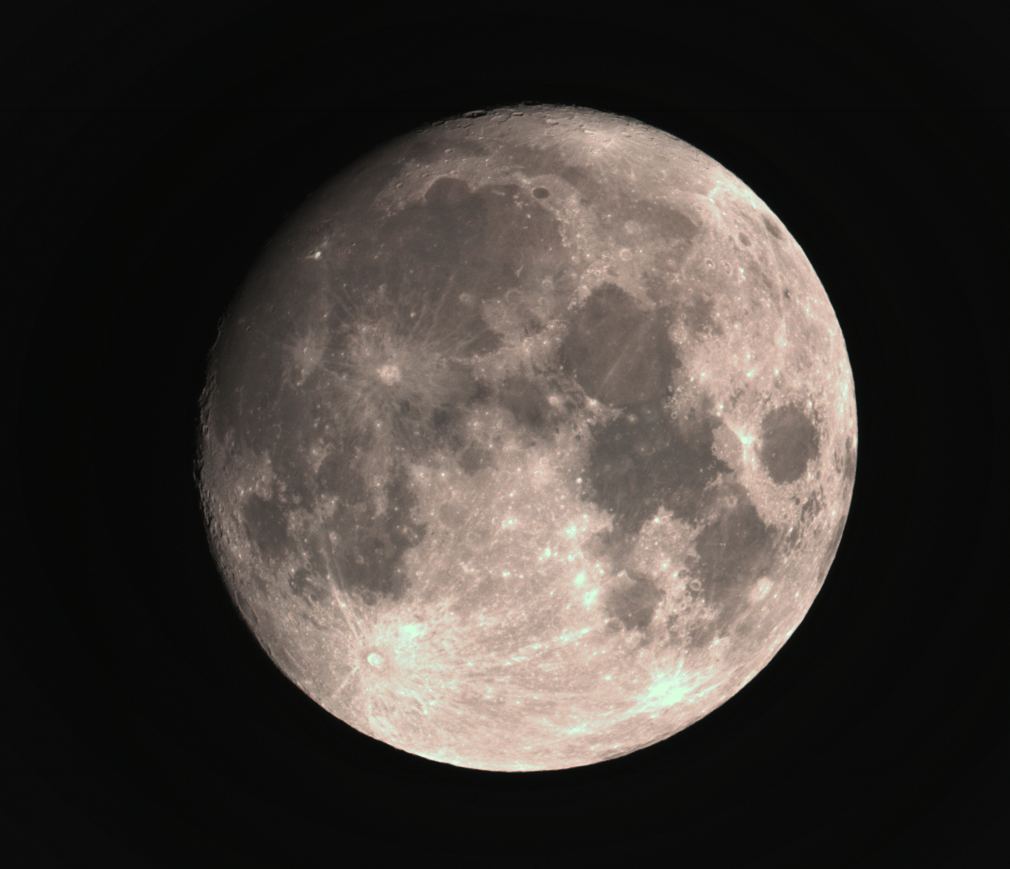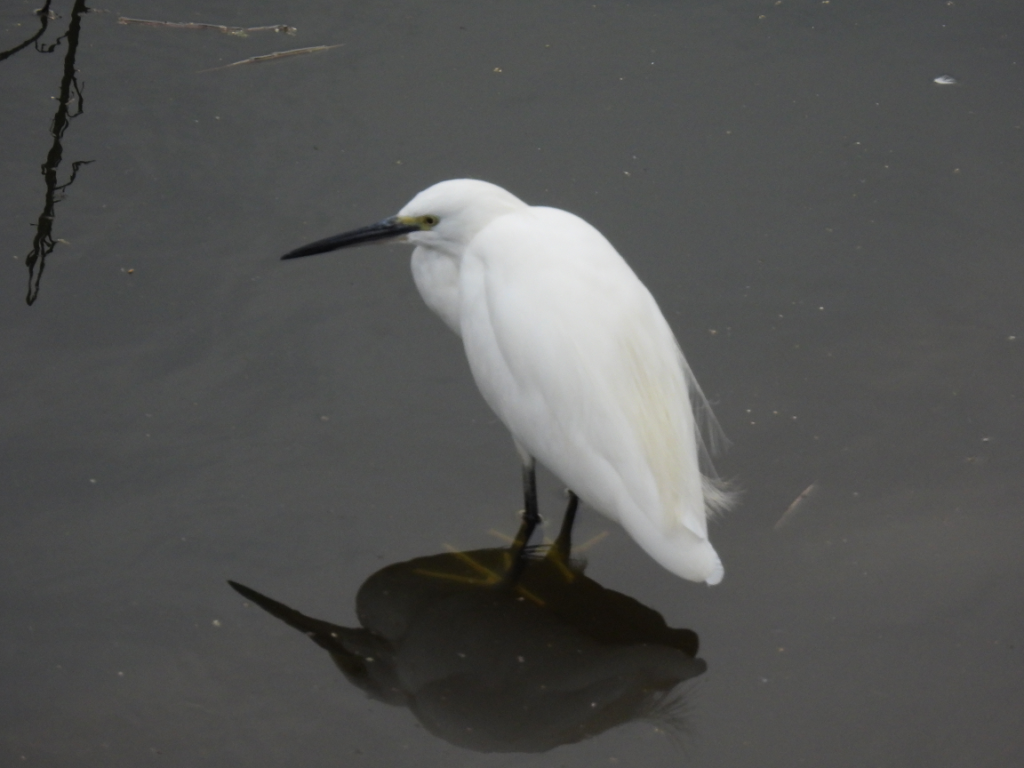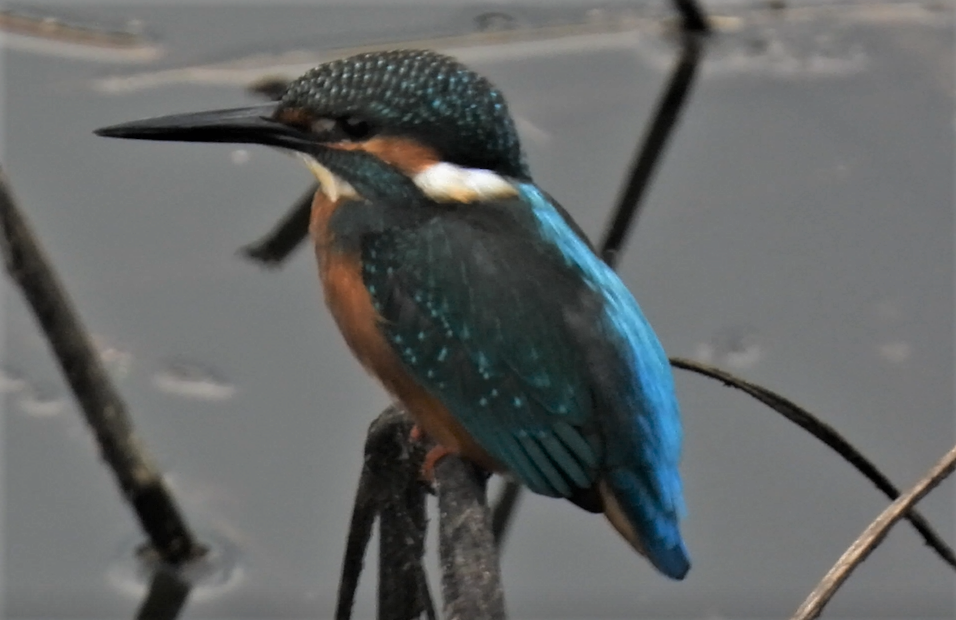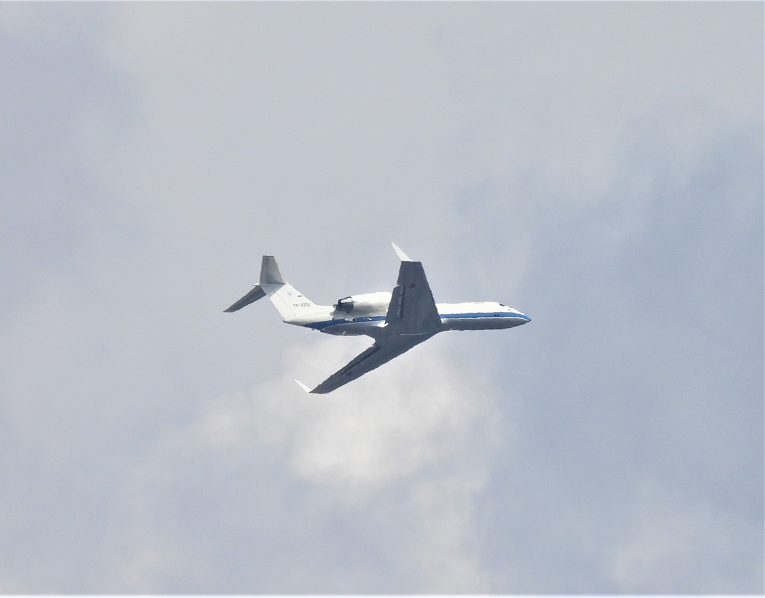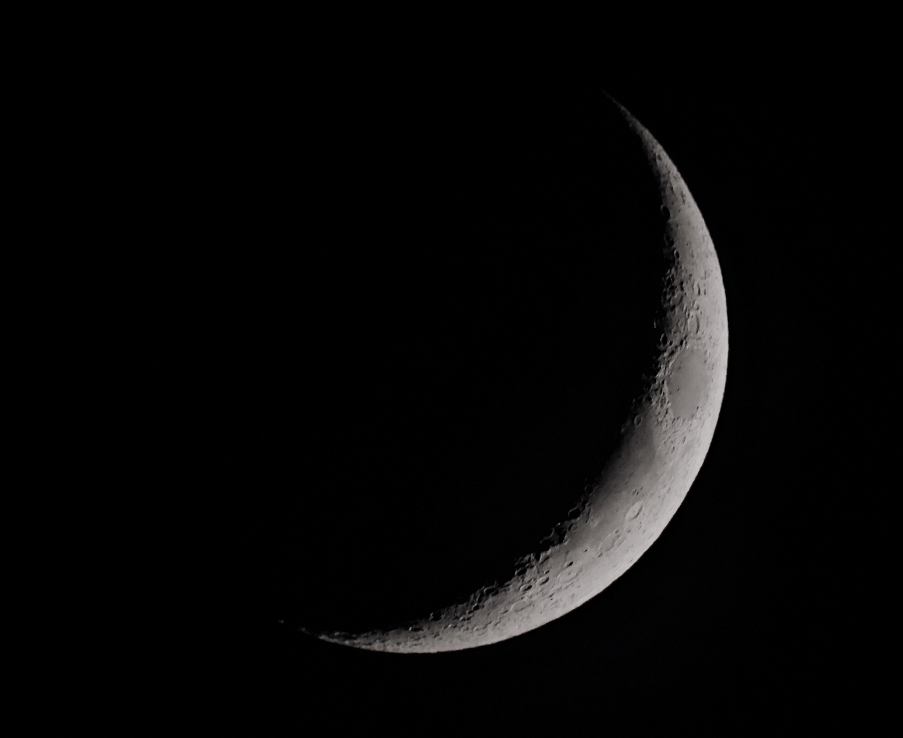「未分類」カテゴリーアーカイブ
M33
センサーのデータをinfluxdbへ送る
python版
参考URL(ラズパイ+BME280で温度・湿度・気圧を計測(BMP280は湿度なし)
次のpythonコードをcronで定期的(例えば3分毎)に実行し、influxdbのホストへ送信する。
#coding: utf-8
#encoding: utf-8
from influxdb import InfluxDBClient
client = InfluxDBClient(host='xxx.xxx.xxx.xxx', port=8086, username='****', password='****', database='iot01')
measurement = 'air5'
tags = {'place': 'leaf-bme280','host': 'RockPi4'}
from smbus2 import SMBus
import time
bus_number = 7 # RockPi4の場合。 Raspiでは 1
i2c_address = 0x76
bus = SMBus(bus_number)
digT = []
digP = []
digH = []
t_fine = 0.0
def writeReg(reg_address, data):
bus.write_byte_data(i2c_address,reg_address,data)
def get_calib_param():
calib = []
for i in range (0x88,0x88+24):
calib.append(bus.read_byte_data(i2c_address,i))
calib.append(bus.read_byte_data(i2c_address,0xA1))
for i in range (0xE1,0xE1+7):
calib.append(bus.read_byte_data(i2c_address,i))
digT.append((calib[1] << 8) | calib[0])
digT.append((calib[3] << 8) | calib[2])
digT.append((calib[5] << 8) | calib[4])
digP.append((calib[7] << 8) | calib[6])
digP.append((calib[9] << 8) | calib[8])
digP.append((calib[11]<< 8) | calib[10])
digP.append((calib[13]<< 8) | calib[12])
digP.append((calib[15]<< 8) | calib[14])
digP.append((calib[17]<< 8) | calib[16])
digP.append((calib[19]<< 8) | calib[18])
digP.append((calib[21]<< 8) | calib[20])
digP.append((calib[23]<< 8) | calib[22])
digH.append( calib[24] )
digH.append((calib[26]<< 8) | calib[25])
digH.append( calib[27] )
digH.append((calib[28]<< 4) | (0x0F & calib[29]))
digH.append((calib[30]<< 4) | ((calib[29] >> 4) & 0x0F))
digH.append( calib[31] )
for i in range(1,2):
if digT[i] & 0x8000:
digT[i] = (-digT[i] ^ 0xFFFF) + 1
for i in range(1,8):
if digP[i] & 0x8000:
digP[i] = (-digP[i] ^ 0xFFFF) + 1
for i in range(0,6):
if digH[i] & 0x8000:
digH[i] = (-digH[i] ^ 0xFFFF) + 1
def readData():
data = []
for i in range (0xF7, 0xF7+8):
data.append(bus.read_byte_data(i2c_address,i))
pres_raw = (data[0] << 12) | (data[1] << 4) | (data[2] >> 4)
temp_raw = (data[3] << 12) | (data[4] << 4) | (data[5] >> 4)
hum_raw = (data[6] << 8) | data[7]
temp = compensate_T(temp_raw)
pres = compensate_P(pres_raw)
humi = compensate_H(hum_raw)
print (round(temp,2))
print (round(pres,2))
print (round(humi,2))
json_body = [
{
'measurement': measurement,
'tags': tags,
'fields': {'temp': round(temp,2) , 'humi': round(humi,2) , 'hpa': round(pres,2)}
}
]
client.write_points(json_body)
print(json_body)
def compensate_P(adc_P):
global t_fine
pressure = 0.0
v1 = (t_fine / 2.0) - 64000.0
v2 = (((v1 / 4.0) * (v1 / 4.0)) / 2048) * digP[5]
v2 = v2 + ((v1 * digP[4]) * 2.0)
v2 = (v2 / 4.0) + (digP[3] * 65536.0)
v1 = (((digP[2] * (((v1 / 4.0) * (v1 / 4.0)) / 8192)) / 8) + ((digP[1] * v1) / 2.0)) / 262144
v1 = ((32768 + v1) * digP[0]) / 32768
if v1 == 0:
return 0
pressure = ((1048576 - adc_P) - (v2 / 4096)) * 3125
if pressure < 0x80000000:
pressure = (pressure * 2.0) / v1
else:
pressure = (pressure / v1) * 2
v1 = (digP[8] * (((pressure / 8.0) * (pressure / 8.0)) / 8192.0)) / 4096
v2 = ((pressure / 4.0) * digP[7]) / 8192.0
pressure = pressure + ((v1 + v2 + digP[6]) / 16.0)
return (pressure/100)
#print "pressure : %7.2f hPa" % (pressure/100)
def compensate_T(adc_T):
global t_fine
v1 = (adc_T / 16384.0 - digT[0] / 1024.0) * digT[1]
v2 = (adc_T / 131072.0 - digT[0] / 8192.0) * (adc_T / 131072.0 - digT[0] / 8192.0) * digT[2]
t_fine = v1 + v2
temperature = t_fine / 5120.0
return temperature
#print "temp : %-6.2f ℃" % (temperature)
def compensate_H(adc_H):
global t_fine
var_h = t_fine - 76800.0
if var_h != 0:
var_h = (adc_H - (digH[3] * 64.0 + digH[4]/16384.0 * var_h)) * (digH[1] / 65536.0 * (1.0 + digH[5] / 67108864.0 * var_h * (1.0 + digH[2] / 67108864.0 * var_h)))
else:
return 0
var_h = var_h * (1.0 - digH[0] * var_h / 524288.0)
if var_h > 100.0:
var_h = 100.0
elif var_h < 0.0:
var_h = 0.0
return var_h
#print "hum : %6.2f %" % (var_h)
def setup():
osrs_t = 1 #Temperature oversampling x 1
osrs_p = 1 #Pressure oversampling x 1
osrs_h = 1 #Humidity oversampling x 1
mode = 3 #Normal mode
t_sb = 5 #Tstandby 1000ms
filter = 0 #Filter off
spi3w_en = 0 #3-wire SPI Disable
ctrl_meas_reg = (osrs_t << 5) | (osrs_p << 2) | mode
config_reg = (t_sb << 5) | (filter << 2) | spi3w_en
ctrl_hum_reg = osrs_h
writeReg(0xF2,ctrl_hum_reg)
writeReg(0xF4,ctrl_meas_reg)
writeReg(0xF5,config_reg)
setup()
get_calib_param()
if __name__ == '__main__':
try:
readData()
except KeyboardInterrupt:
passGolang版
参考URL Armoris日記 ラズパイと BME280 で温度・湿度・気圧を測って グラフ化して表示する
Raspberry Pi4B 32biOSの場合
$ uname -a
Linux ps2 5.10.63-v7l+ #1457 SMP Tue Sep 28 11:26:14 BST 2021 armv7l GNU/Linux
コンパイル時に次を設定
$ GOOS=linux && GOARCH=arm && GOARM=6
const recordIntervalSec = 180で、データを投げる周期を指定します。(自分の環境では $HOME/influx/配下に配置)
package main
import (
"context"
"fmt"
"time"
influxdb2 "github.com/influxdata/influxdb-client-go/v2"
"github.com/influxdata/influxdb-client-go/v2/api"
"github.com/quhar/bme280"
"golang.org/x/exp/io/i2c"
)
func initBme280() (*bme280.BME280, error) {
d, err := i2c.Open(&i2c.Devfs{Dev: "/dev/i2c-1"}, 0x76) // 0x76は今回使用す るBME280のI2Cアドレス
if err != nil {
return nil, err
}
b := bme280.New(d)
err = b.Init()
return b, err
}
func recordSensorValues(b *bme280.BME280, w api.WriteAPIBlocking, measurement string) (err error) {
t, p, h, err := b.EnvData()
if err != nil {
return
}
point := influxdb2.NewPoint(
measurement,
map[string]string{},
map[string]interface{}{
"temperature": t,
"humidity": h,
"pressure": p,
},
time.Now(),
)
err = w.WritePoint(context.Background(), point)
if err != nil {
return
}
fmt.Printf("Temp: %.2fC, Hum: %.2f%%, Press: %.2fhpa\n", t, h, p)
return
}
func main() {
const influxURL = "http://xxx.xxx.xxx.xxx:8086" // InfluxDB APIのURL
const userName = "*****" // influxDBのUser名
const password = "*****" // influxDBのUserのPassword
const db = "iot01" // influxDBのDatabase
const measurement = "sensors" // influxDBのMeasurement(存在しない場合は実行時に生成される)
const recordIntervalSec = 180 // 値を書き込む間隔(秒)
b, err := initBme280()
if err != nil {
panic(err)
}
c := influxdb2.NewClient(influxURL, fmt.Sprintf("%s:%s", userName, password))
w := c.WriteAPIBlocking("", db+"/autogen")
ticker := time.NewTicker(recordIntervalSec * time.Second)
defer ticker.Stop()
for {
select {
case <-ticker.C:
err = recordSensorValues(b, w, measurement)
if err != nil {
panic(err)
}
}
}
}RockPi4で64bit OSの場合
$ uname -a
Linux rock 4.4.154-110-rockchip-gcef30e88a9f5 #1 SMP Mon Jun 22 07:37:10 UTC 2020 aarch64 aarch64 aarch64 GNU/Linux
aptでインストールしたgolangのバージョンが古いので、新しいバージョンを取得
$ GOOS=linux && GOARCH=arm64 && GOARM=6 でコンパイルはできるが、実行時にエラーとなる。(chip IDが違うよ! というエラー)
mars@rock:~/influx$ ~/go/bin/go build iot-sensor-logger.go
go: downloading github.com/influxdata/influxdb-client-go/v2 v2.5.1
go: downloading golang.org/x/net v0.0.0-20210119194325-5f4716e94777
go: downloading github.com/deepmap/oapi-codegen v1.8.2
go: downloading github.com/pkg/errors v0.9.1
go: downloading gopkg.in/yaml.v2 v2.3.0
go: downloading github.com/influxdata/line-protocol v0.0.0-20200327222509-2487e7298839
$ ./iot-sensor-logger
panic: chip ID is different than expected, want(60), got(58)
goroutine 1 [running]:
main.main()
/home/mars/influx/iot-sensor-logger.go:58 +0x1bc自分の環境では、実行時にエラーとなってデータを取得できない。 GOARM=7も試してみたがNG。コンパイルで生成されたコードの情報は、問題なさそうなので、参照しているライブラリーに問題があるのか???
$ file iot-sensor-logger
iot-sensor-logger: ELF 64-bit LSB executable, ARM aarch64, version 1 (SYSV), dynamically linked, interpreter /lib/ld-linux-aarch64.so.1, not strippedちなみに、【Golang】がサポートしている GOOS と GOARCH の一覧
$ go tool dist list
aix/ppc64
android/386
android/amd64
android/arm
android/arm64
darwin/amd64
darwin/arm64
dragonfly/amd64
freebsd/386
freebsd/amd64
freebsd/arm
freebsd/arm64
illumos/amd64
ios/amd64
ios/arm64
js/wasm
linux/386
linux/amd64
linux/arm
linux/arm64
linux/mips
linux/mips64
linux/mips64le
linux/mipsle
linux/ppc64
linux/ppc64le
linux/riscv64
linux/s390x
netbsd/386
netbsd/amd64
netbsd/arm
netbsd/arm64
openbsd/386
openbsd/amd64
openbsd/arm
openbsd/arm64
openbsd/mips64
plan9/386
plan9/amd64
plan9/arm
solaris/amd64
windows/386
windows/amd64
windows/arm
windows/arm6410月の星雲
おうし座/超新星残骸、かに星雲
現代では、M1は西暦1054年に出現した超新星の残骸であることがわかっています。爆発した星の中心核は中性子星(16等)として残っていて、約1/30秒周期で電波やX線を出すパルサーとして有名です。
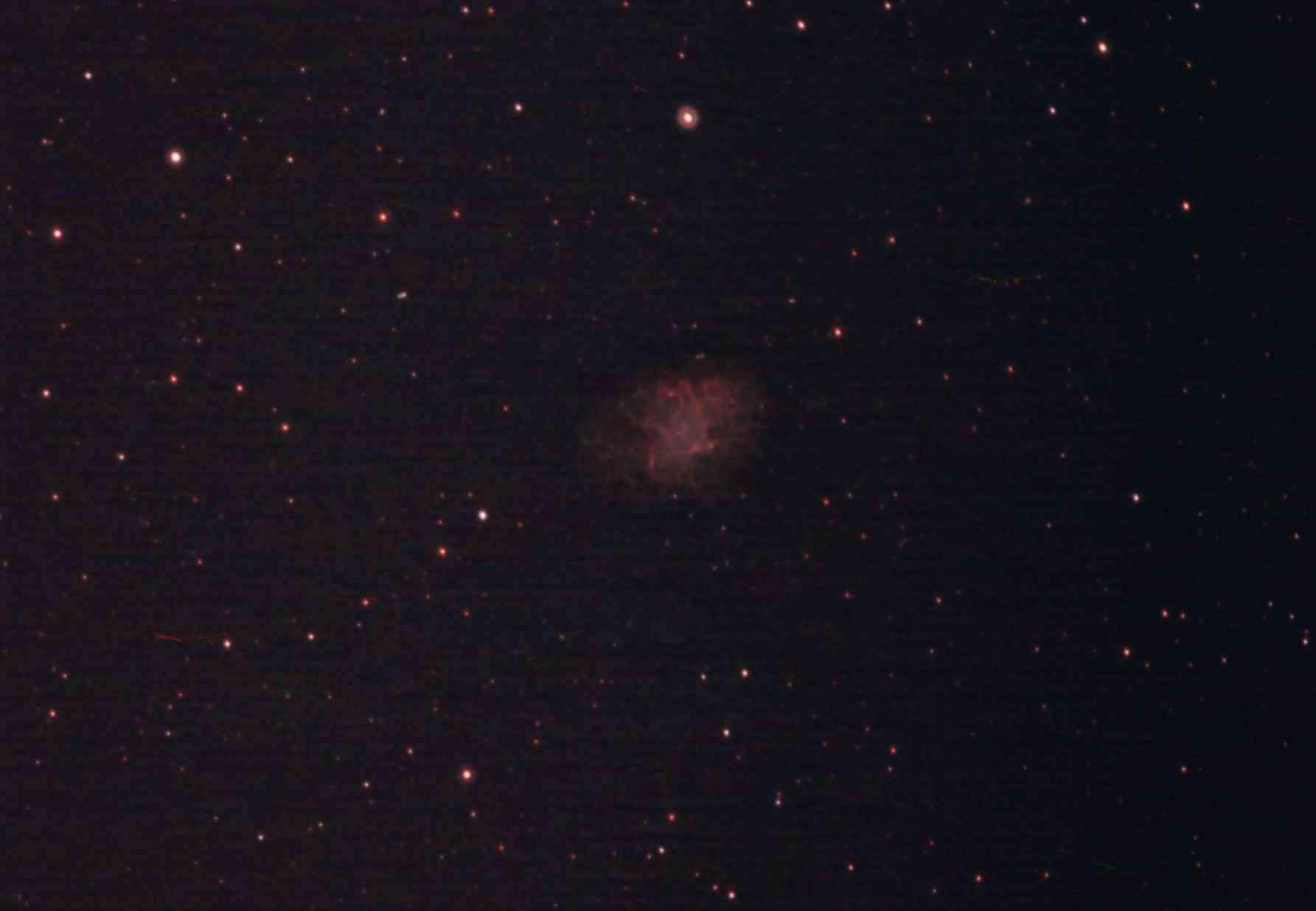
いっかくじゅう座のバラ星雲
オリオン座の隣には、 いっかくじゅう座という星座が輝いていますが、 暗い星ばかりで構成されているため、知名度は低く、存在を知らない方も多い星座です。 しかし、そのいっかくじゅう座の中には、薔薇とそっくりな形をした「ばら星雲」が輝いていて、こちらの天体の方が有名になっています。 ばら星雲は天体写真ファンの人気の被写体で、写真に撮ると赤っぽい色合いに写り、本当のばらの花が咲いたような姿を楽しめます。
ーーーー
8秒露光、104枚スタック
BME280センサーのexporter
https://github.com/ashtreefarms/bme280-exporter
CPUがrock Pi4の場合、I2Cバス番号が7なので、一部修正が必要
$ /home/mars/.pyenv/versions/3.8.10/bin/bme280_exporter -a 0x76
2021-09-30 14:07:43,226 - initializing BME280 at 0x76 filter: 0 oversampling(h: 4, p: 4, t: 4)
2021-09-30 14:07:43,259 - initializing exporter with labels None
2021-09-30 14:07:43,260 - starting exporter on port 9500
2021-09-30 14:07:43,267 - starting sampling with 2.0s interval
2021-09-30 14:07:43,295 - temp: 30.31 C humidity: 0.00% pressure: 998.05 hPa
2021-09-30 14:07:45,302 - temp: 30.33 C humidity: 0.00% pressure: 998.02 hPa
2021-09-30 14:07:47,310 - temp: 30.34 C humidity: 0.00% pressure: 998.01 hPa修正箇所 Adafruit_GPIO/I2C.py
def get_default_bus():
"""Return the default bus number based on the device platform. For a
Raspberry Pi either bus 0 or 1 (based on the Pi revision) will be returned.
For a Beaglebone Black the first user accessible bus, 1, will be returned.
"""
return 7Usage
$ bme280_exporter -h
usage: bme280_exporter [-h] [-v] [-p PORT] [-a ADDRESS] [-l LABELS]
[-i INTERVAL] [-f FILTER] [-ho HO] [-po PO] [-to TO]
optional arguments:
-h, --help show this help message and exit
-v, --verbose increase output verbosity
-p PORT, --port PORT exporter port (default: 9500
-a ADDRESS, --address ADDRESS
BME280 I2C address (default: 0x77)
-l LABELS, --labels LABELS
JSON object of Prometheus labels to apply
-i INTERVAL, --interval INTERVAL
measurement sample interval (default: 2)
-f FILTER, --filter FILTER
filter value to apply (0-4, default: 0)
-ho HO humidity oversampling value (1-5, default: 4)
-po PO pressure oversampling value (1-5, default: 4)
-to TO temperature oversampling value (1-5, default: 4)
